Emerging Trends in South Carolina Home Design
South Carolina has long been a state where tradition meets modern living, but recent shifts in buyer preferences are reshaping the real estate landscape. New homeowners are redefining what makes a home desirable, moving away from older architectural styles and design features that no longer align with contemporary lifestyles.
Here are some of the elements that are quietly fading from the South Carolina real estate scene:
1. Formal Living Rooms
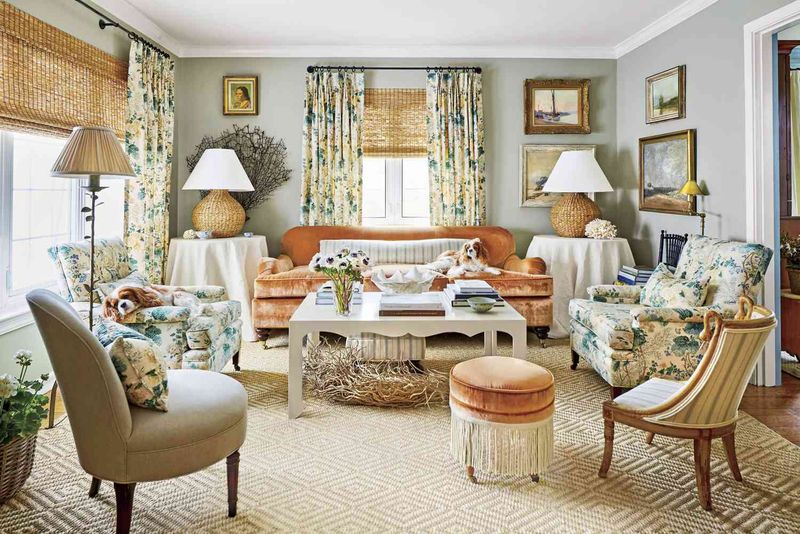
Once a staple of Southern homes, formal living rooms now face scrutiny from new buyers. These spaces, often filled with furniture that nobody actually uses, feel outdated in an era that favors open floor plans. Modern homeowners prefer cozy family rooms that connect to the kitchen, allowing for more interaction and practical use of space. Flexibility and daily usability have replaced the need for formality in home design.
2. Carpeted Bathrooms

Carpeted bathrooms were once considered luxurious, but their drawbacks are becoming increasingly clear. Moisture and carpet don’t mix well, leading to mold and mildew issues. Today’s buyers prioritize clean, low-maintenance options like tile or heated flooring. Practicality is key when it comes to bathroom design, as no one wants to step onto soggy carpet after a shower.
3. Popcorn Ceilings
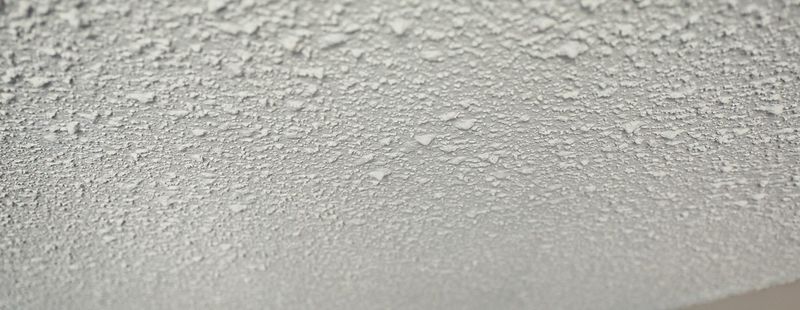
Popcorn ceilings were popular in homes built between the 1960s and 1990s, but they now pose health risks and make rooms feel outdated. Smooth ceilings are preferred today, as they reflect light better and create a more open, contemporary look. Removing popcorn texture has become a common renovation task before selling a home.
4. Sunken Living Rooms
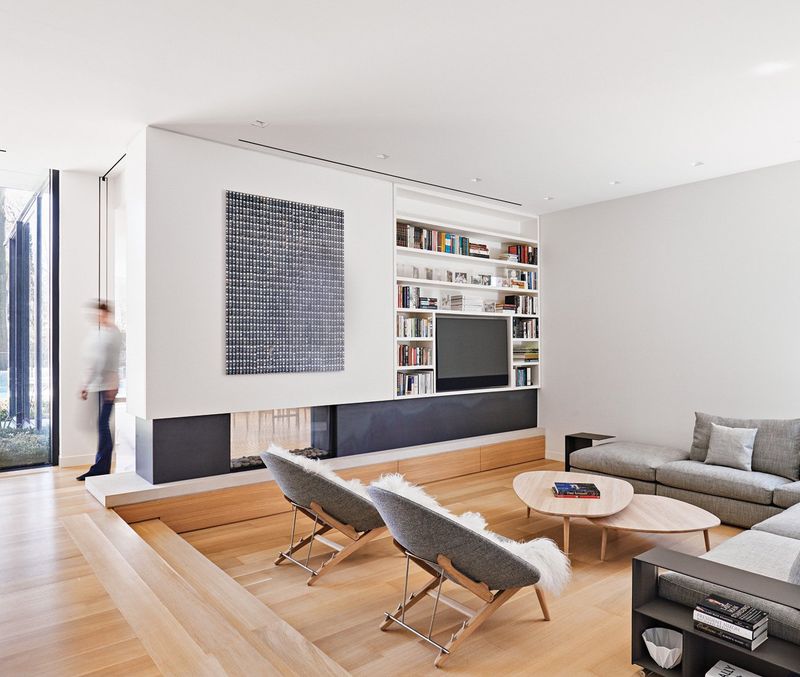
Sunken living rooms, once a symbol of 1970s design, are now seen as impractical. They can be dangerous for families with young children or elderly members and disrupt the flow of modern open-concept layouts. Buyers now favor seamless transitions between rooms for accessibility and ease of movement.
5. Wall-to-Wall Mirrors
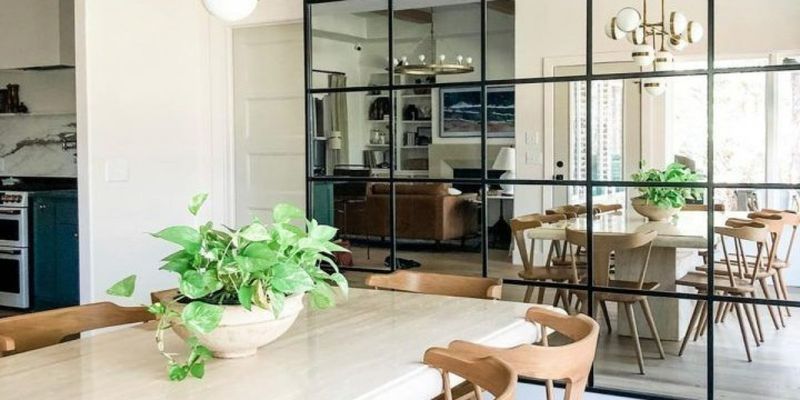
While intended to make rooms appear larger, wall-to-wall mirrors often feel outdated and overwhelming. Cleaning them is a hassle, and removing them can be difficult. Modern homeowners prefer strategic mirror placement that adds light and dimension without cluttering a space.
6. Brass Fixtures Everywhere
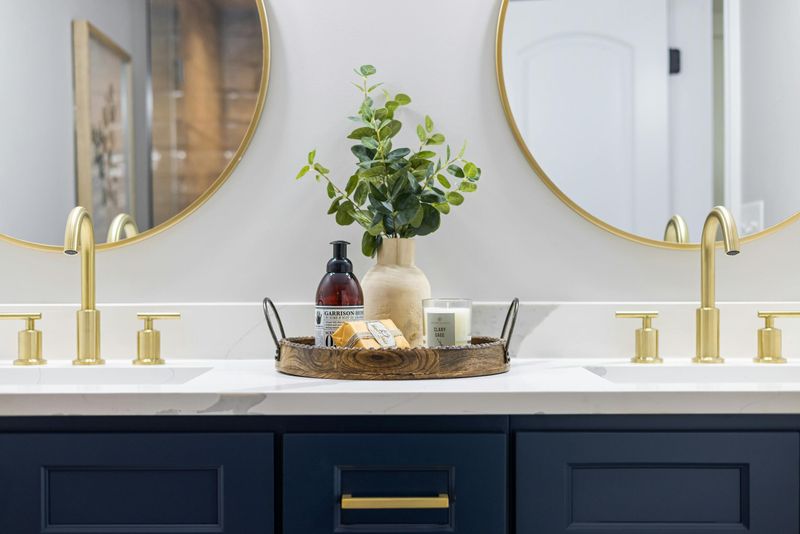
Brass fixtures were once the norm in South Carolina homes, but their high-shine finish now feels dated. Buyers are opting for cooler tones like brushed nickel or matte black, which offer a more contemporary look. Updating hardware is an easy way to modernize a space without major renovations.
7. Vertical Blinds

Vertical blinds on sliding glass doors were once practical, but they are now seen as outdated and frustrating. Modern window treatments like plantation shutters or cellular shades provide better functionality and style. They control light and privacy while enhancing a home's decor.
8. Laminate Countertops

Laminate countertops were once a budget-friendly option, but they are now seen as cheap and prone to damage. Today’s homeowners invest in materials like quartz or granite, which are durable and add value. Quality countertops set the tone for a kitchen that looks great and lasts longer.
9. Wallpaper Borders
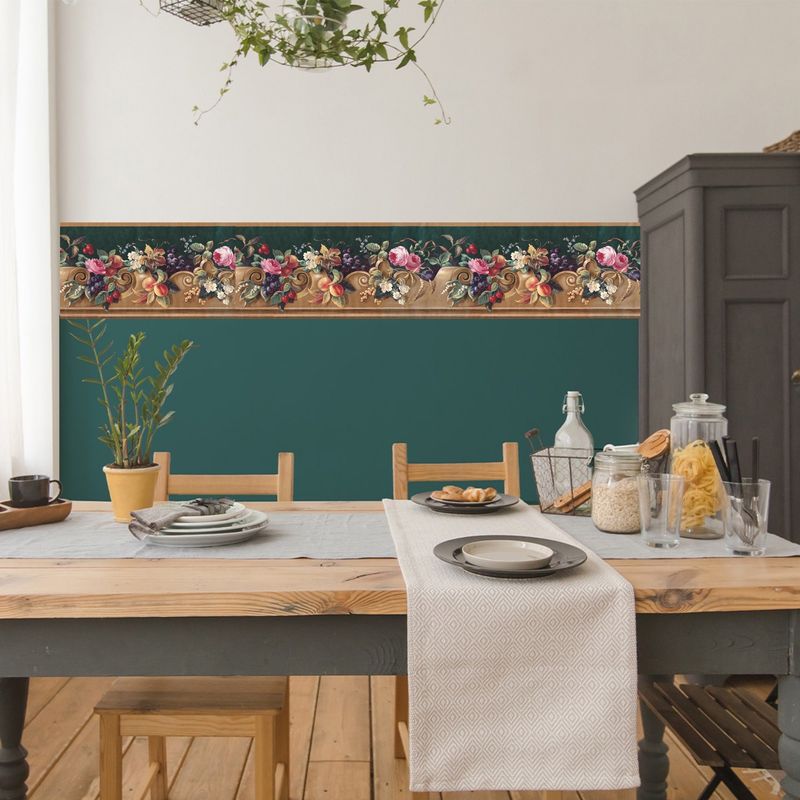
Wallpaper borders were once a popular way to add character, but they date rooms quickly and are difficult to remove. Modern design favors clean walls with visual interest coming from furniture and art. A well-painted wall can be just as effective as a border without the hassle.
10. Separate Dining Rooms

Separate dining rooms are increasingly seen as wasted space. New homeowners prefer eating in the kitchen or at a table that connects to the living area. This shift reflects a move toward casual gatherings over formal dinner parties, with many converting unused dining rooms into more functional spaces.
11. Jacuzzi Tubs

Jacuzzi tubs were once status symbols, but they are now being removed in favor of spacious walk-in showers. Showers provide daily luxury without the maintenance headaches or water waste. Large tubs take up valuable bathroom space that could be used more practically.
12. Closed-Off Kitchens
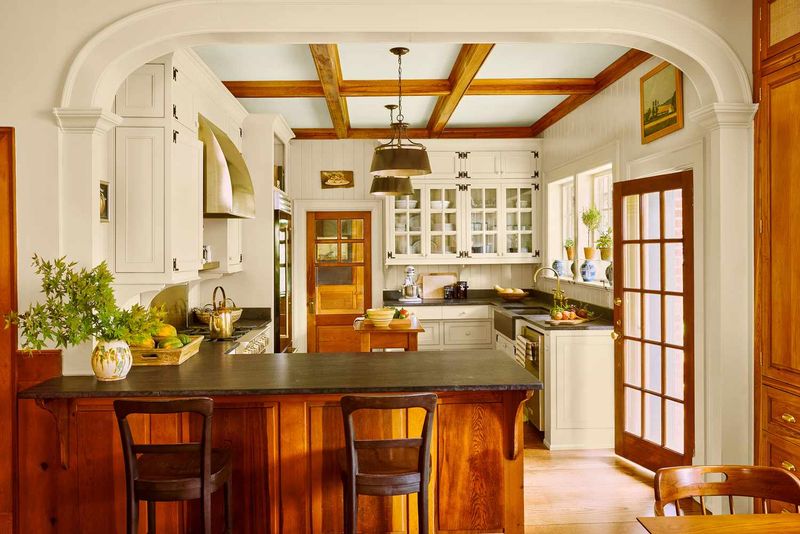
Kitchens that were once separated by walls are now being opened up to create more connection. Open-concept kitchens allow for better interaction during meal preparation and entertaining. Removing walls to create flow is one of the most popular renovation projects in South Carolina.
13. Tuscan-Style Everything
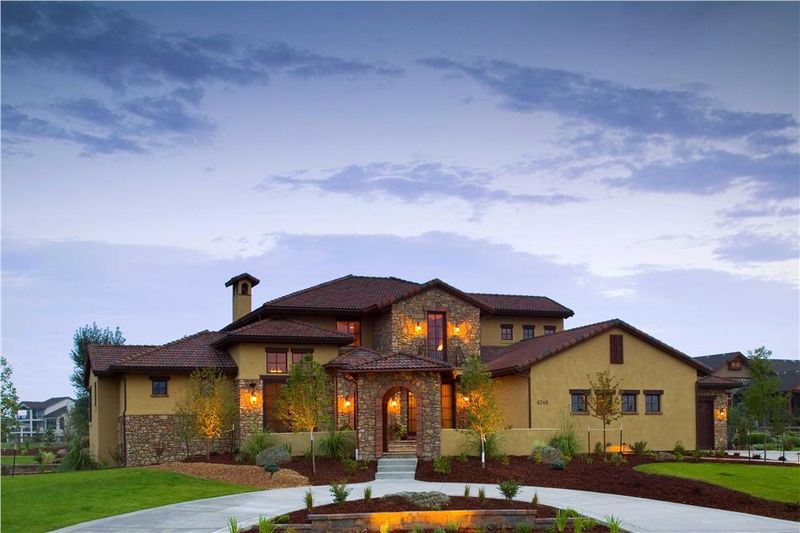
Tuscan-style elements, such as heavy drapery and ornate tile work, no longer fit with modern South Carolina aesthetics. Coastal and farmhouse styles are now preferred, as they reflect the local climate and culture more authentically.
14. Master Bedroom Sitting Areas
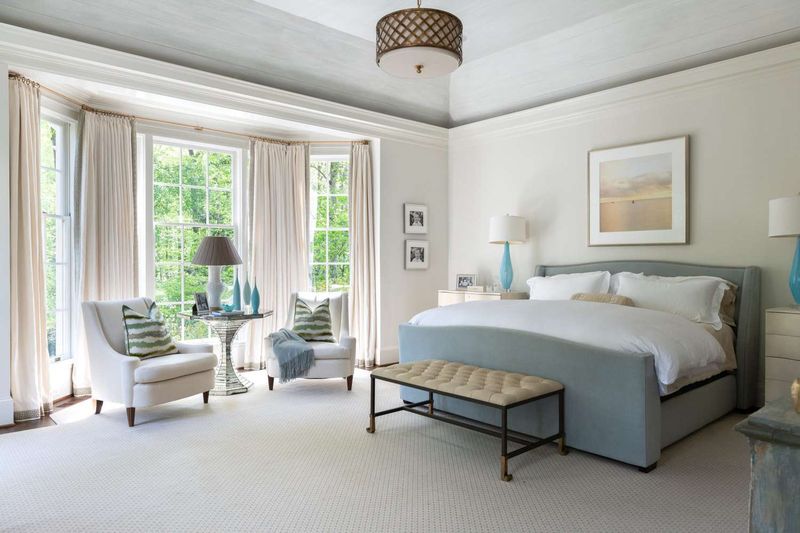
Sitting areas in master bedrooms often go unused, taking up valuable square footage. Buyers now prefer using this space for larger closets, home offices, or exercise areas that serve real daily needs.
15. Builder-Grade Oak Cabinets
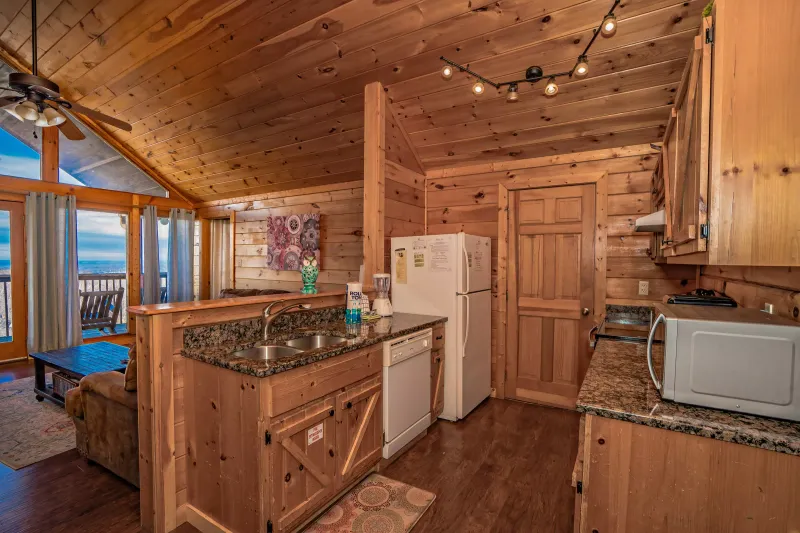
Golden oak cabinets from the 1990s now look outdated. White, gray, or natural wood-tone cabinets are more versatile and timeless. Many homeowners are painting their oak cabinets to update the look affordably.
16. Ornate Crown Molding

Ornate crown molding, once a sign of traditional craftsmanship, is now seen as outdated. Clean lines and minimal trim define contemporary design, creating a more streamlined and uncluttered look.
17. Themed Rooms
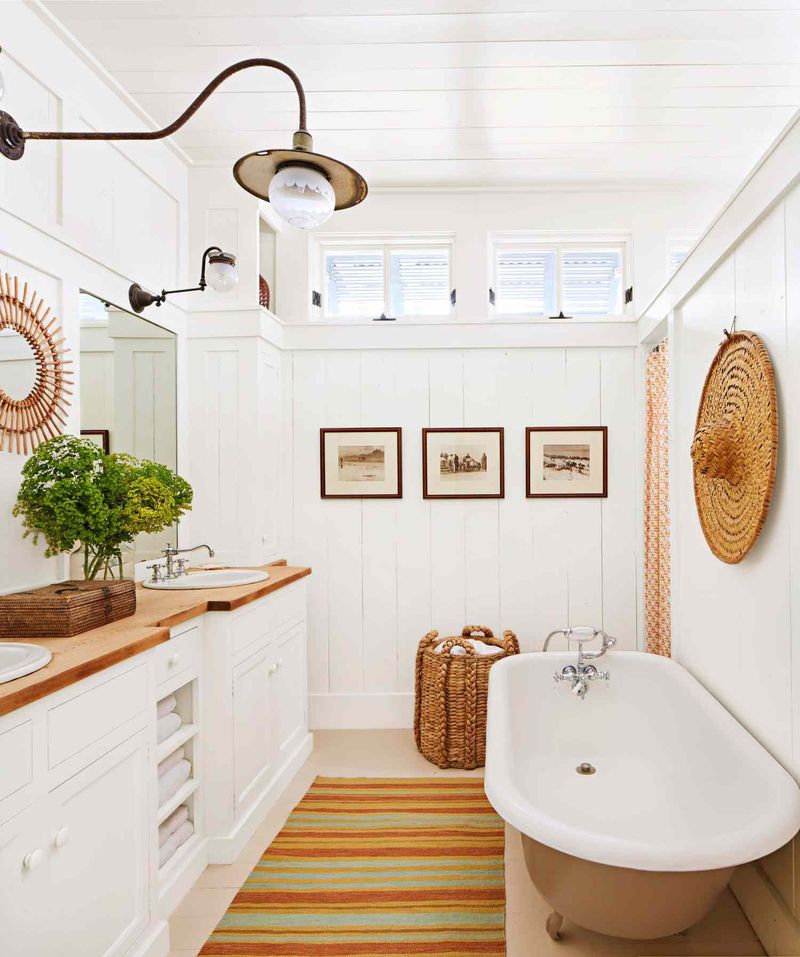
Heavily themed rooms, such as nautical or jungle-themed bathrooms, are being replaced by neutral foundations that allow for flexible decor. Smart design accommodates personal style through furniture and accessories rather than permanent architectural choices.
18. Oversized Furniture Built-Ins

Built-in entertainment centers from the 1990s no longer accommodate modern technology. Minimalist solutions like floating shelves or simple TV stands are now preferred for their flexibility and adaptability.
19. Vinyl Siding

While vinyl siding requires less maintenance, it lacks the curb appeal that today’s buyers desire. Fiber cement, natural wood, brick, or stucco are preferred for their durability and aesthetic appeal. The exterior of a home sets the first impression and impacts perceived value.